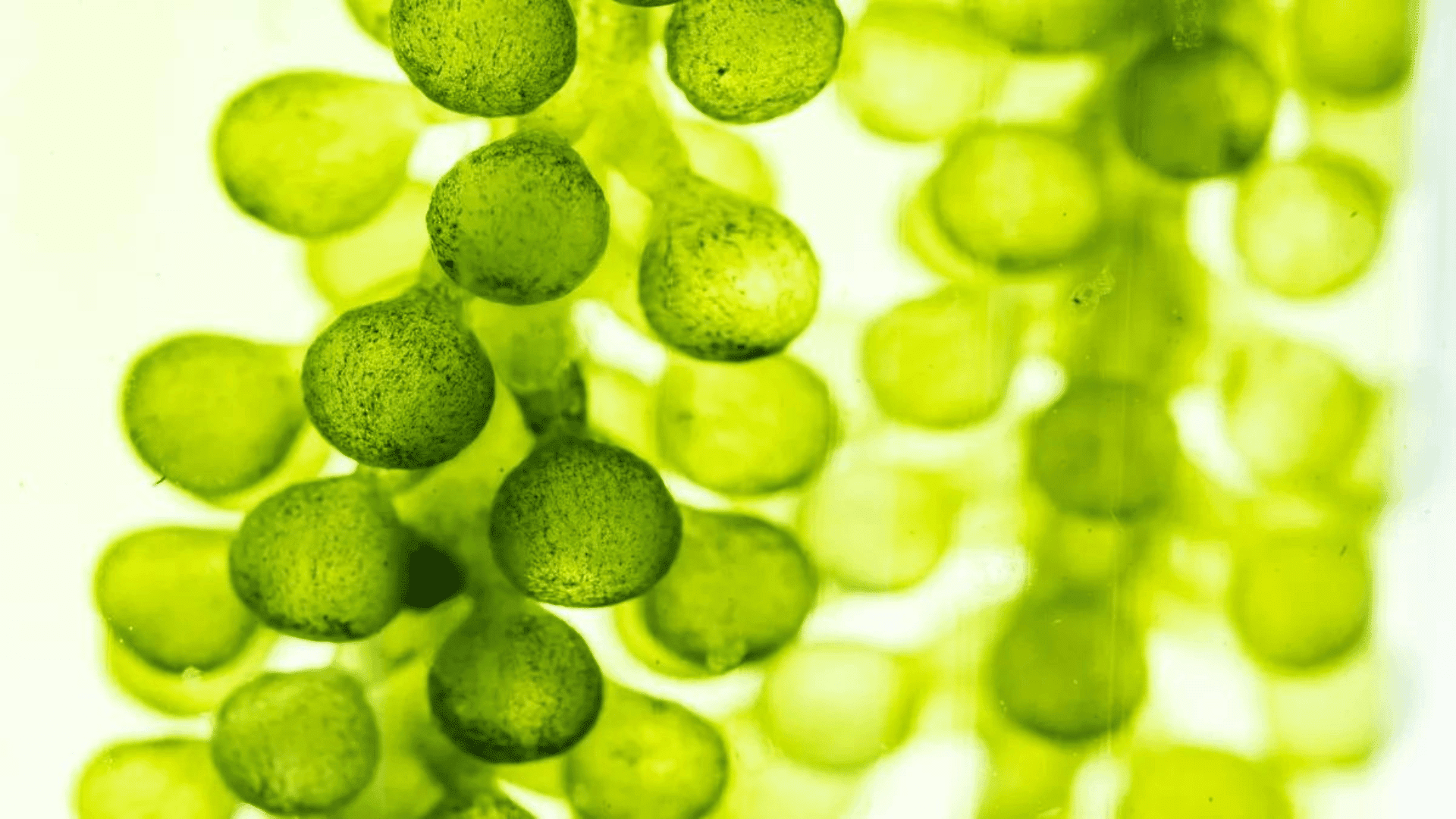A new study highlights an unlikely potential source of renewable energy in the form of algae.

Algae are photosynthetic, which means they use sunlight, water, and carbon to produce oxygen and energy. If scientists can harness this process, it would mean a new source of energy that can also remove carbon dioxide.
Researchers from the Optical-Bio Microsystems Lab at Concordia University may have recently achieved this.
The model is a micro photosynthetic power cell (µPSC) comprising two chambers. One is an anode, and the other is a cathode, each measuring 2 centimeters by 2 centimeters and 4 millimeters thick and separated by a specially designed membrane.
The algae are suspended in a solution in the anode chamber. Once they’re photosynthesizing, the released electrons are captured by microelectrodes running on both sides of the membrane. The microelectrodes conduct the electrons, generating a current.
“Photosynthesis produces oxygen and electrons. Our model traps the electrons, which allows us to generate electricity,” said Kirankumar Kuruvinashetti, the study’s first author, who described the finding in a statement.
Explore Tomorrow's World from your inbox
Get the latest science, technology, and sustainability content delivered to your inbox.
I understand that by providing my email address, I agree to receive emails from Tomorrow's World Today. I understand that I may opt out of receiving such communications at any time.
Though the power generation isn’t enough to compete with other renewable energy sources, it does create enough for low or ultra-low-power devices. However, researchers still believe the process has potential because it’s cleaner than other energy sources.
Not only does the process not emit any carbon, but “it’s a negative carbon emission technology: it absorbs carbon dioxide from the atmosphere and gives you a current. Its only byproduct is water,” explained Kuruvinashetti.
Additionally, this method doesn’t require direct sunlight, and researchers believe it’s safer and more sustainable than some of the other renewable energy production processes.
“Our system does not use any of the hazardous gases or microfibres needed for the silicon fabrication technology that photovoltaic cells rely on,” said corresponding author Muthukumaran Packirisamy. “Furthermore, disposing of silicon computer chips is not easy. We use biocompatible polymers, so the whole system is easily decomposable and very cheap to manufacture.”







